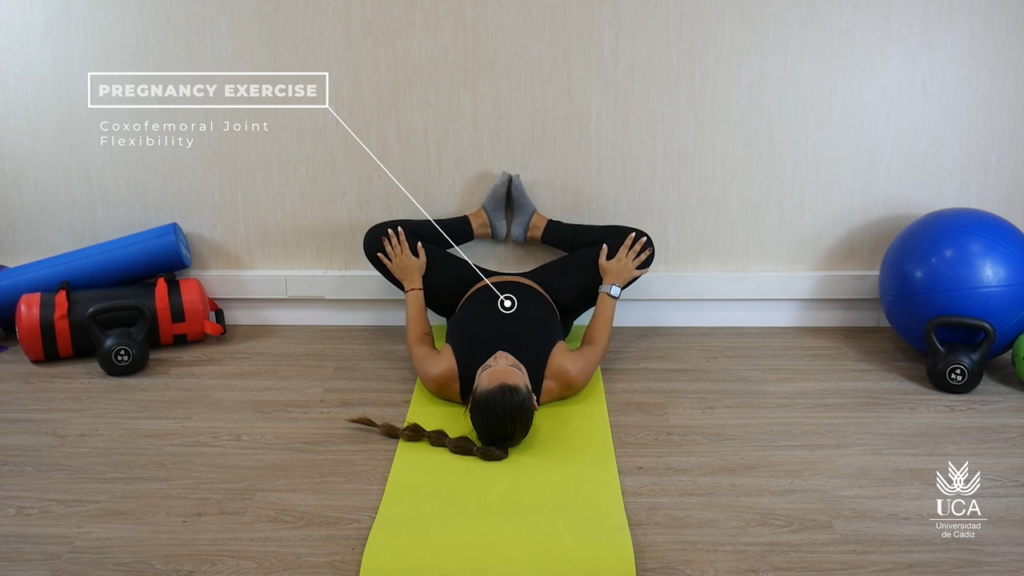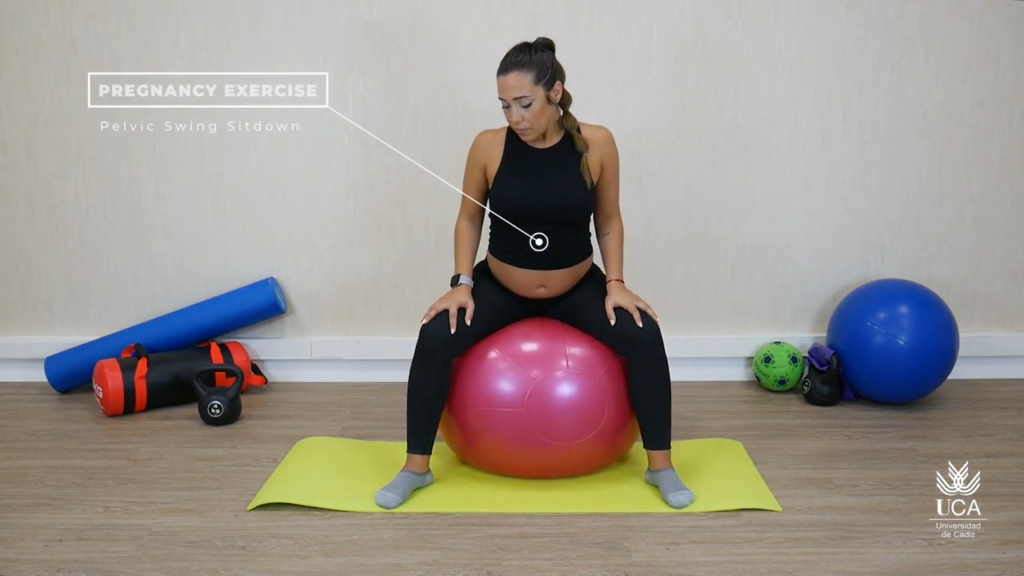Postpartum sexual dysfunction is extremely common, and its negative impact on quality of life underscores the need to understand its causes. Studies have shown that 89% of women resume sexual activity within 6 months after childbirth. The incidence of postpartum sexual dysfunction ranges from 41% to 83% (2-3 months postpartum), to 64% in the 6th month postpartum, and 38% of women do not return to their prepregnancy sexual activity. In the period > 18 months postpartum, women have significantly lower levels of sexual desire and satisfaction, which can significantly affect quality of life.
There are several risk factors that may influence the occurrence of sexual dysfunction after childbirth:
- Episiotomy and/or perineal tear during childbirth,
- Cesarean section,
- Low testosterone levels/hormonal changes,
- Postnatal depression,
- Lack of partner support (relationship satisfaction and depressive symptoms are risk factors for postpartum sexual dysfunction on a continuous scale: the lower the relationship satisfaction and severity of depressive symptoms, the higher the risk of dysfunction),
- Fatigue (lack of sleep),
- Pain and discomfort during sexual intercourse (dyspareunia),
- Changes in body image (weight change) and low self-esteem,
- Traumatic experiences related to childbirth, such as difficult births or infant health problems,
- Lactation (breastfeeding)*.
*Lactation may contribute to dyspareunia. During lactation, a woman’s body produces the hormone prolactin, which inhibits the production of sex hormones such as estrogen. A decrease in estrogen levels can cause atrophy of the vaginal epithelium, reducing its elasticity and lubrication, which can lead to pain during intercourse. In addition, lactation can affect thyroid hormone levels, which can affect vaginal lubrication and overall sexual function.
Martyna Kasper-Jędrzejewska
References:
- Gutzeit O, Levy G, Lowenstein L. Postpartum Female Sexual Function: Risk Factors for Postpartum Sexual Dysfunction. Sex Med. 2020 Mar;8(1):8-13. doi: 10.1016/j.esxm.2019.10.005. Epub 2019 Dec 16. PMID: 31837965; PMCID: PMC7042171.
- Wood SN, Pigott A, Thomas HL, Wood C, Zimmerman LA. A scoping review on women’s sexual health in the postpartum period: opportunities for research and practice within low-and middle-income countries. Reprod Health. 2022 May 8;19(1):112. doi: 10.1186/s12978-022-01399-6. PMID: 35527298; PMCID: PMC9079206.
- Cattani L, De Maeyer L, Verbakel JY, Bosteels J, Deprest J. Predictors for sexual dysfunction in the first year postpartum: A systematic review and meta-analysis. BJOG. 2022 Jun;129(7):1017-1028. doi: 10.1111/1471-0528.16934. Epub 2021 Oct 17. PMID: 34536325.
- Szöllősi K, Komka K, Szabó L. Risk factors for sexual dysfunction during the first year postpartum: A prospective study. Int J Gynaecol Obstet. 2022 May;157(2):303-312. doi: 10.1002/ijgo.13892. Epub 2021 Sep 16. PMID: 34418077.




